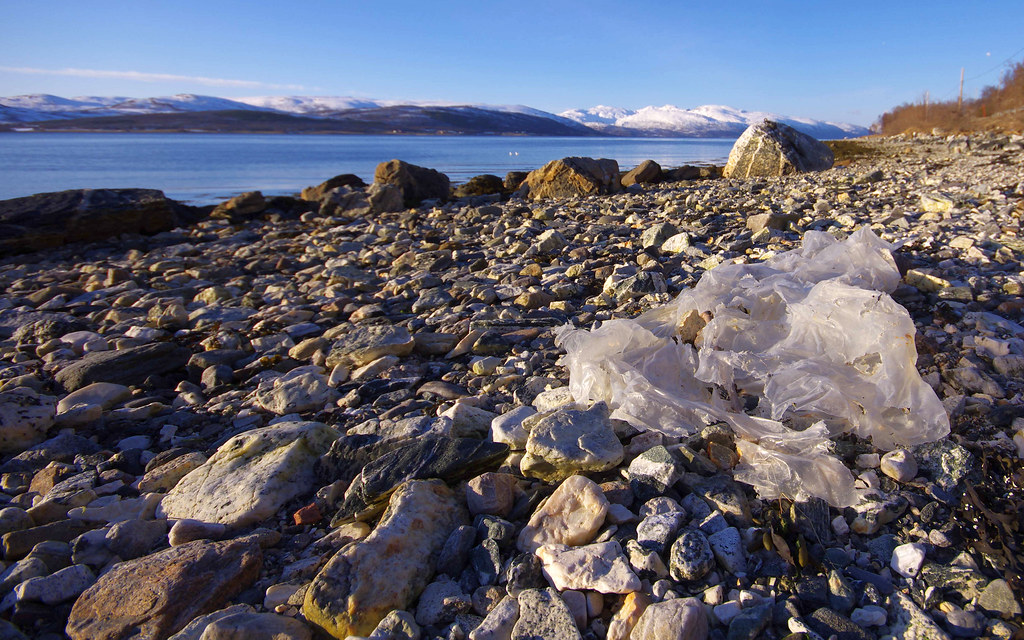A report released on Thursday was the first WHO study on microplastics in water. There is no universal definition of microplastics, but usually it is referred to particles of plastic smaller than 5 mm, although in the case of purified water we are talking about particles of a much smaller size. The increase in the number of microplastics in water is regularly discussed: as far back as 2017, the non-governmental organization Orb Media reported that microplastics were found in 83% of tap water samples from around the world. According to the German Alfred Wegener Institute for Polar and Marine Research, a record number of plastic microparticles have been found in Arctic ice in recent years.
According to the WHO, referring to a study by the Food and Agriculture Organization of the United Nations, the amount of microplastics in water will double by 2025 and more than triple by 2050.
“The amount of plastic particles in bottled water is slightly higher than in tap water, which is related to the process of bottling and packaging,” says Bruce Gordon, WHO coordinator for water, sanitation, hygiene and health.
WHO considers the issue from several points of view:
• Physical particles that enter the body
• The chemicals that can be released
• Microorganisms that can enter the body with microplastic
The scientists have concluded that the second and third points are not cause for concern. As for the physical particles, the report says that the least concern from the point of view of human health is caused by relatively large microplastic particles larger than 0.15 mm in size, as they pass through the body without lingering in it. More concern is caused by smaller particles that can be retained in the body. However, according to scientists, it is unlikely that we can talk about their accumulation in the body on a scale that could harm it.
At the same time, WHO recognizes that this issue requires further research: its study began only a few years ago, and so far the data on the effect of microplastics on humans remain limited. “We vitally need to know more about the effects of microplastics on health, because it is everywhere, including our drinking water,” said Maria Neira, Director of the Department of Health, Environment and Social Health Factors.
source: who.int





